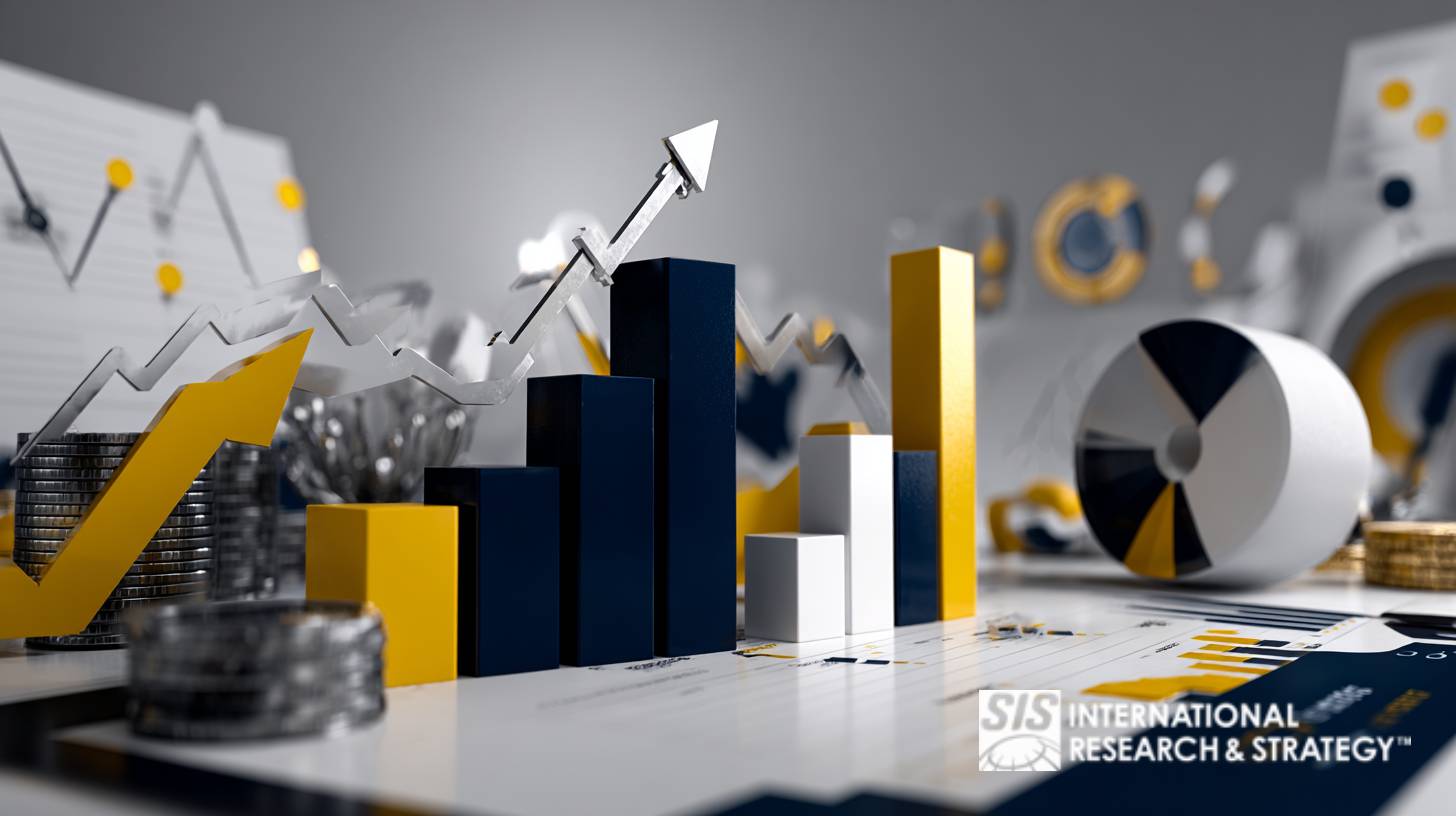استشارات علوم البيانات والتحليلات

The digital revolution is becoming more popular in the consulting industry. The result is a lot of opportunities available to enhance the experience of the clients. Despite this, consultants have to gain new knowledge to remain ahead. There has been a global surge in how companies spend on analytics consulting. Investment is between spending on external consultants and creating capabilities in-house.
Data analytics is a method of extracting and drawing conclusions from data to make better decisions. This technology is fast-rising. It uses artificial intelligence, statistics, and advanced market knowledge. Users gather this data to figure out essential patterns in large sets of data. Deploying smart analytics provides excellent insights into the performance metrics of a company. It also shows the complicated changes taking place there.
أنواع تحليلات البيانات
بشكل عام، هناك أربعة أنواع من تحليلات البيانات. هم:
1. التحليلات الوصفية
Descriptive analytics provides expository information. It answers the fundamental questions of what, who, where, when, and how many. It is not possible to have dashboards and Business Intelligence tools without it, because it is the backbone of reporting. We can further divide Descriptive Analytics into two groups: canned reports and ad hoc reporting. Canned reports contain information about a particular subject. An example is a monthly report providing information on ad performance. Ad hoc reporting is usually not scheduled. It is essential to get better information about a particular issue. You can do this through social media by viewing the people who have interacted with your page. It also helps you get other demographic data. Ad hoc reporting is hypersensitive, and it provides a bigger picture of your audience.
2. التحليلات التشخيصية
التحليلات التشخيصية تجيب على سؤال لماذا حدث شيء ما. فهو يقيس البيانات التاريخية مقابل أنواع أخرى من البيانات. التحليل التشخيصي يجعلك تتعمق. يساعدك على تحديد التبعيات ومعرفة الأنماط. تستفيد الشركات من هذا التحليل للحصول على معرفة متعمقة بمشكلة معينة. تحتاج المنظمات إلى الحصول على بيانات مفصلة في جميع الأوقات. وبخلاف ذلك، قد يبدو جمع البيانات فرديًا لكل تحدٍ ويستهلك المزيد من الوقت. تمنحك التحليلات التشخيصية تنبيهات قبل ظهور مشكلة محتملة. على سبيل المثال، يتيح لك معرفة الموظفين الذين يعملون ساعات عمل أقل مما ينبغي.
3. التحليلات التنبؤية
توفر لك التحليلات التنبؤية معلومات حول ما قد يحدث في المستقبل. وهو يستفيد من اكتشافات التحليلات الوصفية والتشخيصية. يساعدك على اكتشاف المجموعات والاتجاهات والاستثناءات. يمكنك بعد ذلك التنبؤ بالاتجاهات التي من المحتمل أن تحدث في المستقبل. وبالتالي، فإن التحليلات التنبؤية هي أداة تنبؤية حاسمة. على الرغم من المزايا العديدة للتنبؤ، فإنه لا يقدم سوى تقدير. وتعتمد دقتها على جودة البيانات. وبالتالي، فإنه يتطلب التحسين المنتظم والعلاج الدقيق.
4. التحليلات الإرشادية
يصف هذا النوع من التحليلات الإجراء الذي يجب اتخاذه لمنع أي مشكلات مستقبلية. كما أنه يستفيد من جميع الاتجاهات الواعدة. هذا النوع من التحليلات هو المكان الذي تلعب فيه البيانات الضخمة والذكاء الاصطناعي دورًا. تتعامل النمذجة الإحصائية مع تقييم المواقف لإثبات أو دحض الفرضية. يتعامل الذكاء الاصطناعي مع التنبؤ بالنتائج المحتملة بناءً على العديد من المتغيرات.
Data science and analytics consulting are essential to all businesses. It can help them create new products. It also makes them more efficient for better performance and enhances the customer experience. It provides information for better decision-making and detects challenges and opportunities. It makes forecasts that can reduce labor and cost, saving time.

